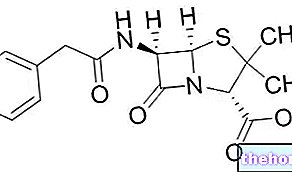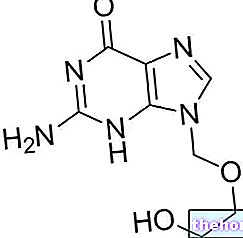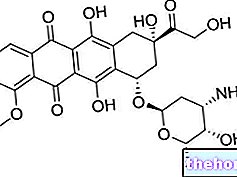3) FUNCTIONAL TYPE ANTAGONISM
Functional antagonism no longer has to do with receptors, but concerns the type of function that is being considered. To make the definition more understandable, let us take as an example two classes of drugs that act at the level of the respiratory system.One type of drug will cause relaxation of the bronchial muscles, because it acts as an agonist on the ß receptors of the noradrenergic system, while the second class of drugs (which mimics the action of acetylcholine) binds to the muscarinic receptors, which stimulate contraction of the bronchial smooth muscle. They are two different classes of drugs, which act on two different nervous systems (one is the parasympathetic, the other the orthosympathetic), on different receptors and which perform different functions. It is a functional antagonism. because in the first case the relaxation of the muscle tissue is achieved, while in the second case the constriction of the musculature is achieved. Before we talked about antagonism on the same receptor, now we talk about antagonism on different receptors, with different substances but acting on the same tissue.
RECEPTOR AGONISTS ß = RELAXATION OF BRONCHIAL SMOOTH MUSCLING
MUSCLE AGONIST = BRONCHIAL SMOOTH MUSCLING CONTRACTION
The same can be said for the cardiovascular system, because there are always two nervous systems, one opposite to the other. The stimulation of the receptors of the orthosympathetic system increases the cardiac activity, while the stimulation of the receptors of the parasympathetic system it reduces cardiac activity. So there is always a functional antagonism.
4) FRAMACOKINETIC OR INDIRECT ANTAGONISM
We speak of pharmacokinetic or indirect antagonism when a substance interferes with the pharmacokinetics of the drug (absorption, metabolism and elimination). For example, to be more absorbed, Aspirin ® needs an environment with an acid pH, so if you take sodium bicarbonate - since the environment is no longer acidic - the optimal conditions for the absorption of the " Aspirin®. In this case it is a question of a "pharmacokinetic interaction relative to absorption, since the bicarbonate antagonizes the acetylsalicylic acid, making the latter less absorbable and less effective. However, there may also be an antagonism related to metabolism, thanks to the activity of particular enzymatic inducers that modify the metabolism of other drugs, accelerating the biotransformation reactions. Finally, there may be an antagonism relating to the elimination of the drug, as happens in the case of probencid, which antagonizes the elimination of penicillin by binding to transporters that normally cause the secretion of penicillin within the renal tubule. it is therefore important not to associate the term antagonism with the concept of reducing the effect of the drug, because this is not always the case.
Other articles on "Pharmacological Antagonism - Functional and Indirect"
- Pharmacological antagonism
- Pharmacological synergism




























